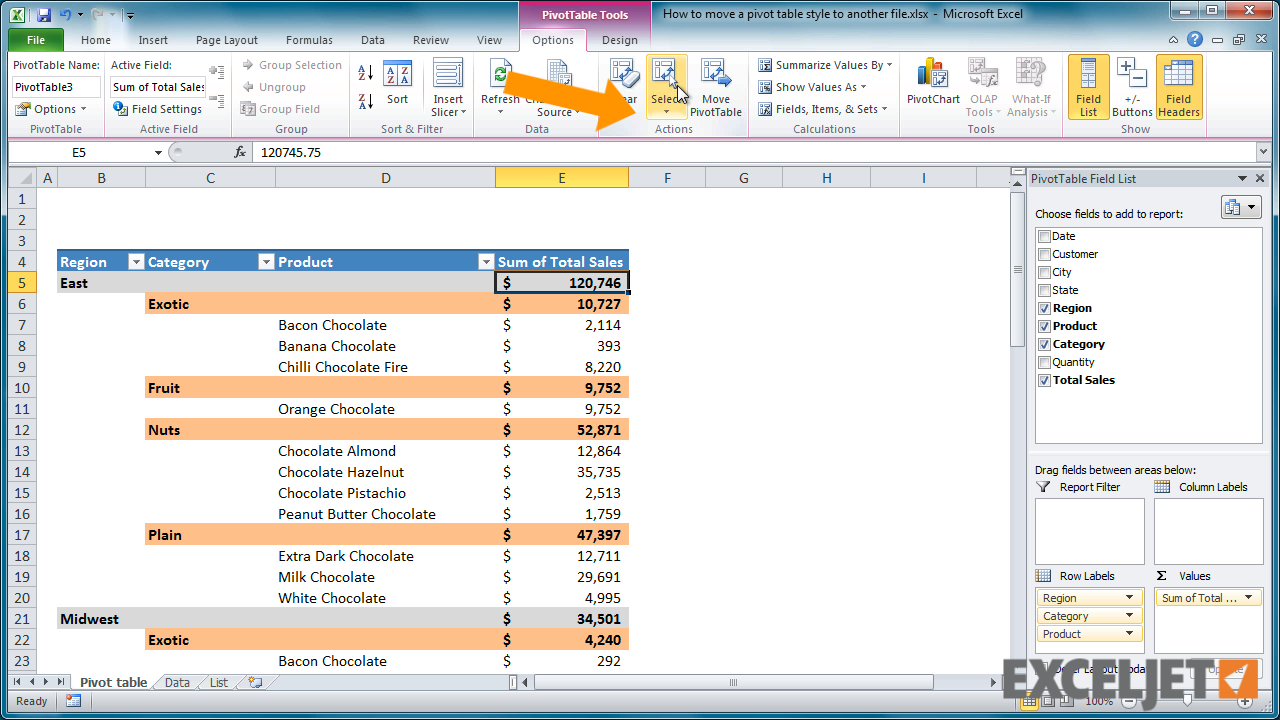Pivot Table Excel For Mac 2011 Cheat Sheet
Excel's PivotTable feature is an incredibly powerful tool that makes it easy to tabulate and summarize data in your spreadsheets, particularly if your data changes a lot. If you are finding yourself writing lots of formulas to summarize data in Excel (using functions such as SUMIF and COUNTIF) then PivotTables can save you a lot of time and work and give you insights into your data that are otherwise too hard to discover.

Free Microsoft Excel For Mac
Not only that, but they also allow you to quickly change how your data is summarized with almost no effort at all. This lesson will show you how to create a simple PivotTable in Excel to summarize a set of daily sales data for a team of several sales people.
Excel For Mac Free Download
Jun 04, 2017 Hello, I am currently taking an online Excel course which is now going over Advanced Pivot Table functions. I am aware that I am unable to access many of these functions as I currently only have Excel 2011 on my Mac (so no access to Timeline or Slicers). Question: In Microsoft Excel 2011 for Mac, how do I hide a sheet from being displayed? Answer: You can view all of the sheet names as tabs along the bottom of the document. To hide a sheet, simply right-click on the name of the sheet that you wish to hi.
Microsoft Office For Mac
This lesson shows you how to create a PivotTable in Excel 2016 (both Mac and Windows versions), Excel 2013, Excel 2010 and Excel 2011 (Mac). What you'll learn in this lesson In this tutorial, you'll learn how to: • Set up your data in Excel so it is in a format that you can use for a PivotTable. • Create a PivotTable with that data • Change the PivotTable report to reflect different views on the same data. The data we'll work with in this example is an Excel table that has two months of daily sales data for a team of four sales people, broken down by product. The first few rows are shown below: In fact, this spreadsheet extends down for 688 rows of sales data, for all of January and February ().
How to make a thumbnail for a mp4 mac. If you're on a Mac, you can use the default image viewer, Preview, to make thumbnails by using the 'resize' function. However, if you're interested in a far less time-consuming method, Mac OS X also comes with Automator, which lets you create actions to automatically make thumbnails from your images. When Mac OS X automatically generates thumbnails for your videos, sometimes it gives you a dud. If you want to choose a frame that better represents the contents of a video, it’s easy to do using QuickTime.
So while you might look at the data in the table above and think 'I could summarize that quickly by hand or with a few clever formulas', the likelihood is that it would all get too much - and would certainly take too long to do by hand. That's where PivotTables are by far the best solution - you'll be able to convert this data in under a minute, and be able to get different summaries with a few clicks of the mouse. Getting started with PivotTables - make sure your data is ready There are some important rules you need to follow if you want to create a PivotTable from your data: • Your data should be organized in columns with headings. These headings will be used when you create the PivotTable, and things will get very confusing without headings. • Make sure there are no empty columns or rows in your data. Excel is good at sensing the start and end of a data table by looking for empty rows and columns. If it finds an empty row or column, it assumes your data stops at that point.